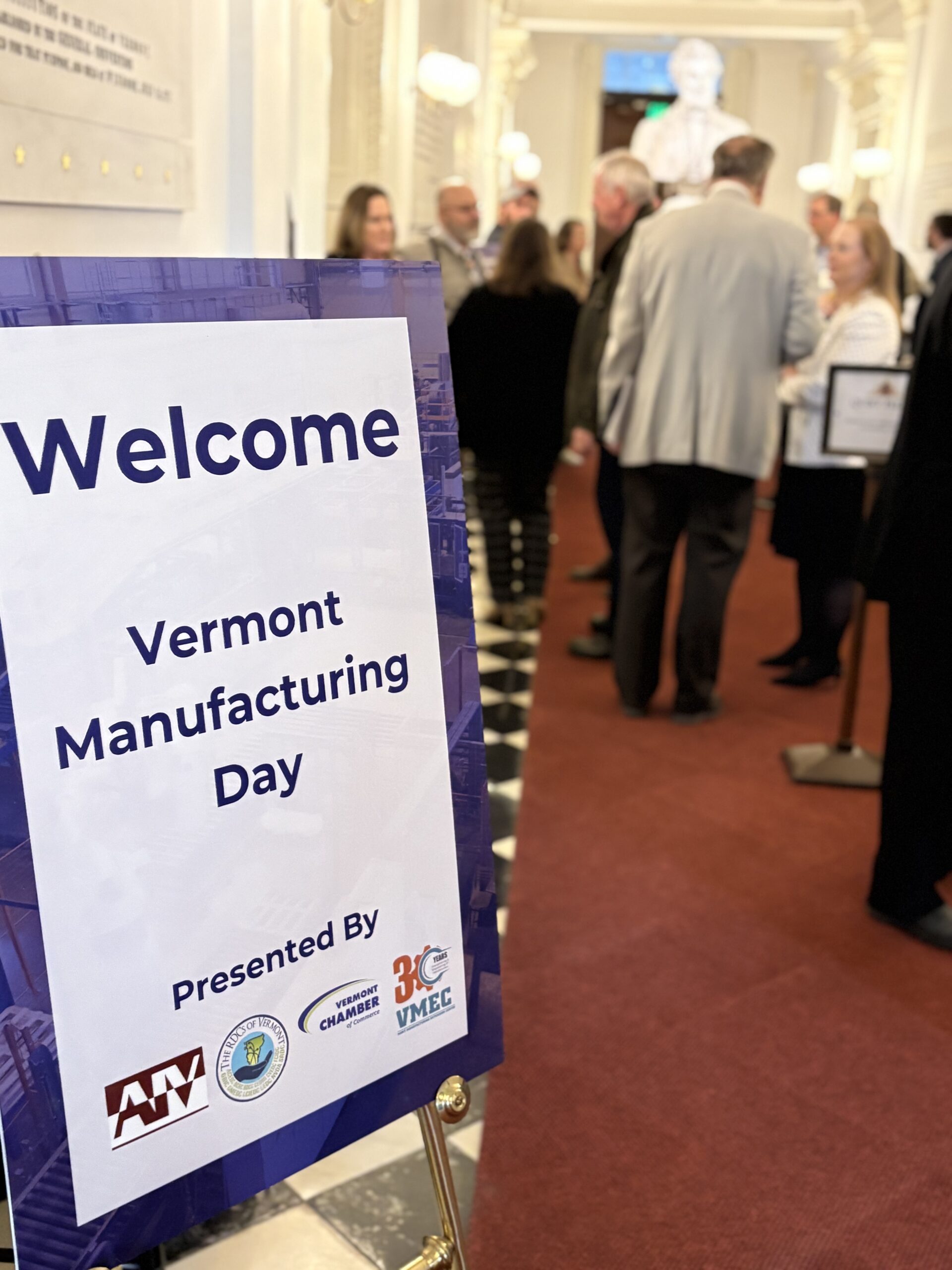The State of Manufacturing in October
October is Manufacturing Month nationwide and is celebrated in Vermont with events and onsite tours of plants and facilities. It is essential to showcase Vermont’s $3 billion industry as an important economic driver that employs more than 28,000 Vermonters (10% of Vermont’s workforce) and contributes 9% to Vermont’s Gross Domestic Product.
Manufacturing contributes to the greater economy via the:
- Economic Multiplier Impact: Every $1 in manufactured goods generates an estimated $2.79 worth of additional economic activity, the highest of any other economic sector. If the entire manufacturing supply chain is included, every $1 spent in manufacturing adds another $3.60 worth of additional economic activity.
- Employment Multiplier Impact: Each manufacturing job supports an additional 5 jobs elsewhere.
Nationally, September saw an increase in manufacturing activity from August, but saw a decline in the index, from 52.8% to 50.9%, according to the Institute for Supply Management (ISM). Overall, the data is mixed with new orders contracted, production and inventories increasing, and prices slowing, as reported on the Q3 Manufacturers’ Outlook Survey done by National Association of Manufacturers (NAM).
While the economy added 263,000 jobs in September and the unemployment rate fell to 3.5%, the second quarter saw U.S. economy shrink by 0.6% and the real GDP decline by 8.5% in the manufacturing sector. Manufacturing job openings fell in August from 910,000 to 795,000, according to the Job Openings and Labor Turnover Survey. However, manufacturing job openings remained high overall, as demand for goods increased the need for employees during a severe workforce labor shortage. Manufacturers hired an increase of 24,000 workers for a total of 452,000, up from 428,000 in July, according to NAM.
Inflation accelerated in September, with the Consumer Price Index (CPI) rising 0.4%, for a total of 8.2% over the past 12 months. Looking ahead to the remainder of Q4 manufacturers can expect additional higher interest rate hikes, supply chain disruptions, and worker shortages. All of this will compound, leading to recession worries in 2022 or 2023.
These pressures and workforce challenges will persist into Q4 and beyond, but manufacturing has proved resilient. According to NAM, the manufacturing value-added output increased to an all-time high of $2.768 trillion in Q2, while the industry accounted for 11% of manufacturing value-added output.
SHARE THIS ARTICLE
RECENT NEWS



